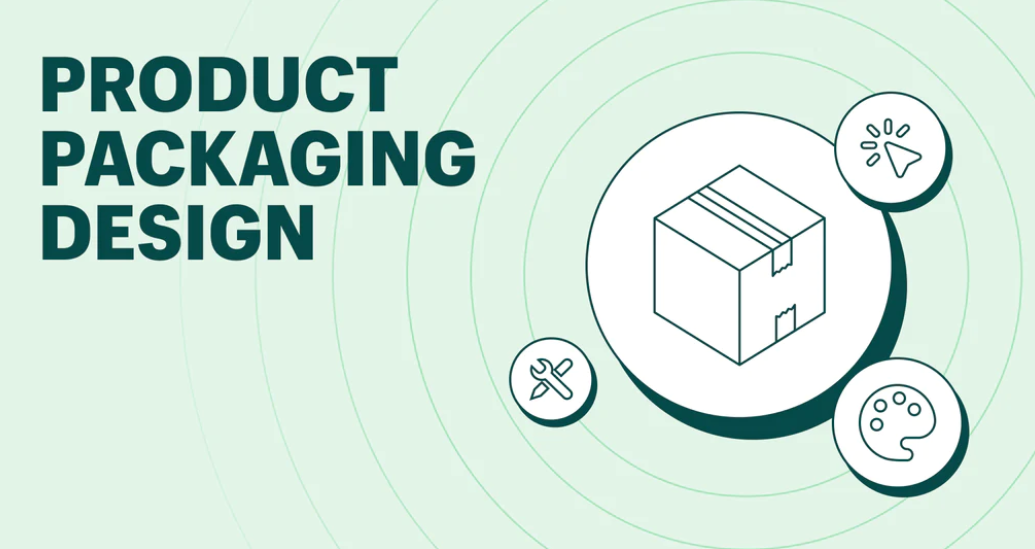Computer security: an indispensable tool for the protection of sensitive company data
In the last two years the economic damages caused by cybercrime have grown by 23%, costing companies an average of 11.7 million dollars a year. It is estimated, in fact, that in one year a company will be subjected to 130 violations of computer security, about 27.4% more than in previous years.
These data emerged from the latest Accenture analyzes included in the document “Cost of Cyber Crime Study”, published at the opening of CyberTech last year. It is therefore clear that cybercrime is not a threat only for the private sector, but is also a huge problem for companies.
Another significant piece of data on corporate IT security comes from some studies carried out by the National Cyber Security Alliance and highlights which are the corporate targets of the most frequent cyber-attacks: it is not the big companies that run the biggest risks, but the SMEs affected. From 67% of cyber-attacks registered.
The persistent threats of cyber-attacks and the consolidated presence for the Protection of Personal Data make it essential for companies of any type and size to implement an IT security strategy to protect their corporate data. In fact, company data are one of the most valuable assets for each business because, if managed correctly, they can prove to be fundamental profit tools; for this reason, implementing an effective computer security plan is now an essential priority for many companies.

Computer security: 10 tips to protect company data
If you are reading this article, it is because you understand how crucial it is for the security of your business to not underestimate cyber threats and to plan a cybersecurity strategy. Here are some useful tips …
1) Make a preliminary risk analysis
Analyzing in advance the risks present in one’s work reality allows to identify all the potential threats to the company’s data. Being aware of the most common types of threats in your sector inevitably involves the formulation of a precise corporate IT security plan and therefore an analysis of its weaknesses with consequent improvement of the strategy itself.
2) Conduct staff training courses
The privacy and security of company data are a fundamental part of the new regulation and it is therefore essential that all staff are fully aware of the importance of these tools. Employees’ attention is fundamental: the theft of a company device due to simple forgetfulness could damage the company’s reputation and endanger its security. These critical issues can be avoided by carrying out specific staff training courses in order to make all employees aware of the importance of the services they are working on.
3) Perform regular backup of company data
Regular backups are often overlooked, but being able to access recent information continuously is a critical dimension of IT security. It is essential to archive the backups made offline in order to be able to count on the continuous presence of secure data even in the presence of a malware.
4) Install only reliable antivirus software and run regular scans
The installation of safe security software and the development of continuous scans is one of the simplest, but also most effective, IT security measures. Through a good system of active prevention and scans carried out regularly it is, in fact, possible to minimize the risks deriving from the presence of cyber-attacks. Investing your resources in excellent antivirus software will be essential to protect your business data and not let it fall into the wrong hands.
5) Choose Password and PIN secure and hardly traceable
In the field of computer security it is essential that the passwords and security PINs created do not contain obvious and easily available information. One of the safest criteria for selecting passwords is length: often the longer passwords are also the most effective. With regard to access to mobile devices such as smartphones or tablets, it is advisable to rely on log-ins through the use of fingerprints or facial recognition in order to further protect their data.
6) Use password management software
Choosing to use software that helps users store and organize their passwords can be essential for a company’s IT security. These software, also known as “Password Manager”, are able to memorize the keywords by encrypting them with specific codes and requiring users to use only one “master” password that can be traced back to all the other passwords.
7) Choose a multi-factor authentication level
Multi-factor authentication is a highly developed security tool that requires each user, in case of attempt to access his account, a second check through a unique code sent on a personal device previously stored at the time of the first log-in. This access system is recommended for companies and organizations with a large number of employees and with particular security needs.
8) Update the software in use periodically
To obtain a high level of computer security, it is essential to use the most up-to-date versions of the operating systems in use and to regularly perform security updates. The use of previous operating systems often makes the user and their data more vulnerable. A concrete example of an operating system with these features is Microsoft which makes security updates usable only for recent operating systems that support them.
9) Manage access to corporate devices
In order to avoid loss or disclosure of private company data, the accounts and credentials used by employees must be carefully monitored. Inserting watermarks into files is necessary to prevent data theft by personnel and to identify the source in case of violation. It is also essential that corporate passwords are unique in order to be able to monitor the work of staff and that each account is deactivated in the event of termination of employment.
10) Use a VPN
The VPN, acronym of private virtual network, is a navigation system that allows access from outside to an internal company network, then to use a device in the company through a device that is in another physical place. Once the connection is established, you can control the system remotely and then access the network resources. The VPN ensures the encryption of all users’ traffic and makes it possible to set different levels of computer security such as multi-factor authentication.




